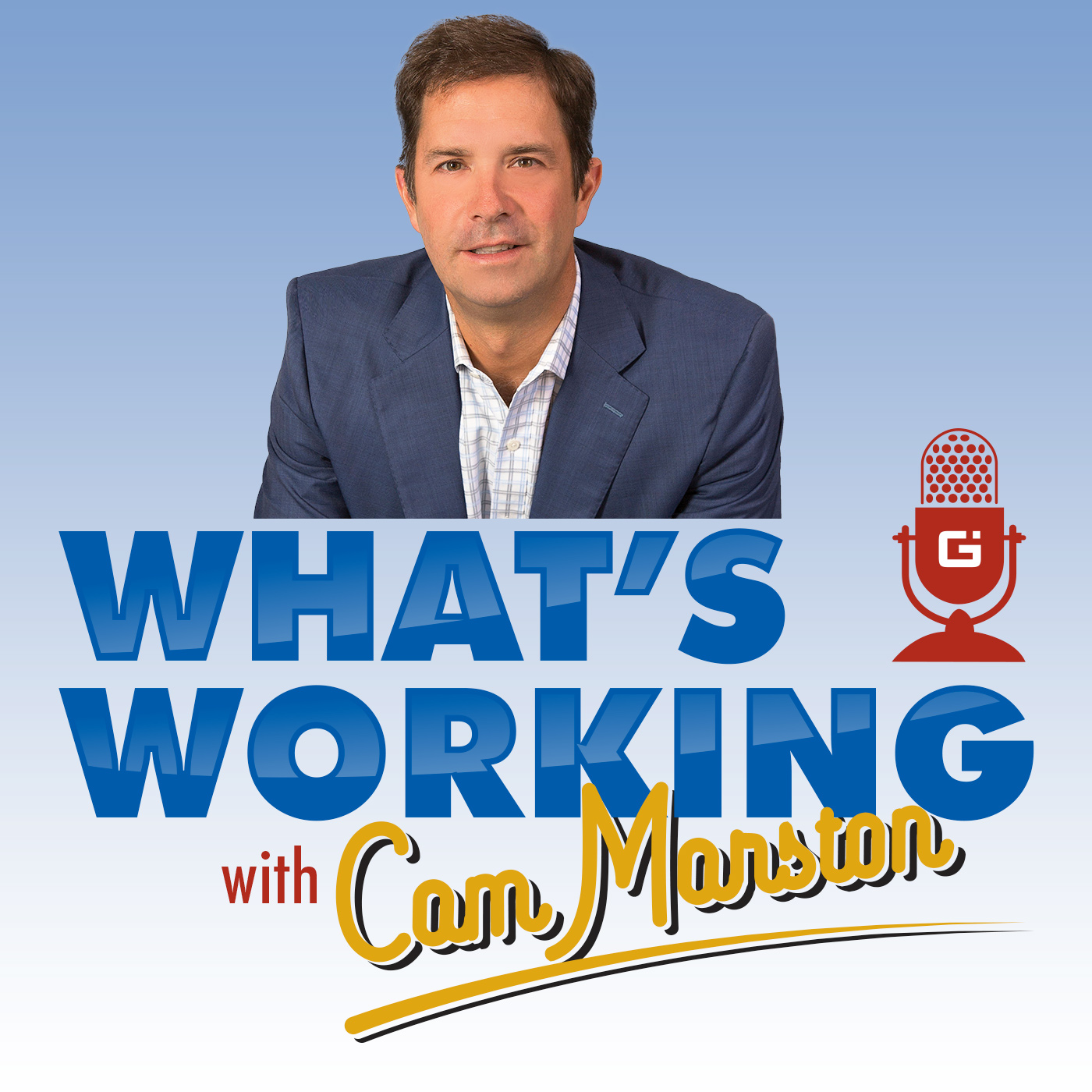
How to stand out: the differences between manners, etiquette and protocol and why they matter
Posted On August 30, 2019
Have you ever been invited to a formal dinner and didn’t know what to do? Been in a meeting and weren’t sure if it was rude to check your smartphone? Joined a conversation in progress and didn’t know how or when to introduce yourself?
Our guest in a recent episode of “What’s Working With Cam Marston” has some answers. But more importantly, she wants to tell us why they matter.
Cindy Grosso is a corporate etiquette expert based in Charleston, S.C., who founded the Charleston School of Protocol and Etiquette. Knowing manners, etiquette and protocol is important not just to appear cultured, she says, but because it is essentially the definition of confidence.
“I teach the silent skill set that you can’t put on the resume, but that you’ve got to have,” Grosso says. “And people know it when they see it. It’s that subtle, redefining difference that makes people more successful.”
You might be surprised to learn, however, that manners, etiquette and protocol aren’t just different words for the same thing. Manners, Grosso says, are what to do. Etiquette is how to do it. And protocol, essentially, is when to do it.
Grosso shares with us why etiquette is more about relationships than rules, why an open laptop in a meeting or conference isn’t always rude, why success lies more in beliefs and values than behaviors, and the five visuals that often inform our first impressions of someone. She shares why “the ability to be present” is so important and how a grasp of manners, etiquette and protocol can help you achieve it.
“People are people,” she says. “No matter where you go, they want to be valued.”
Join us for an enlightening discussion on how to behave and why it matters.